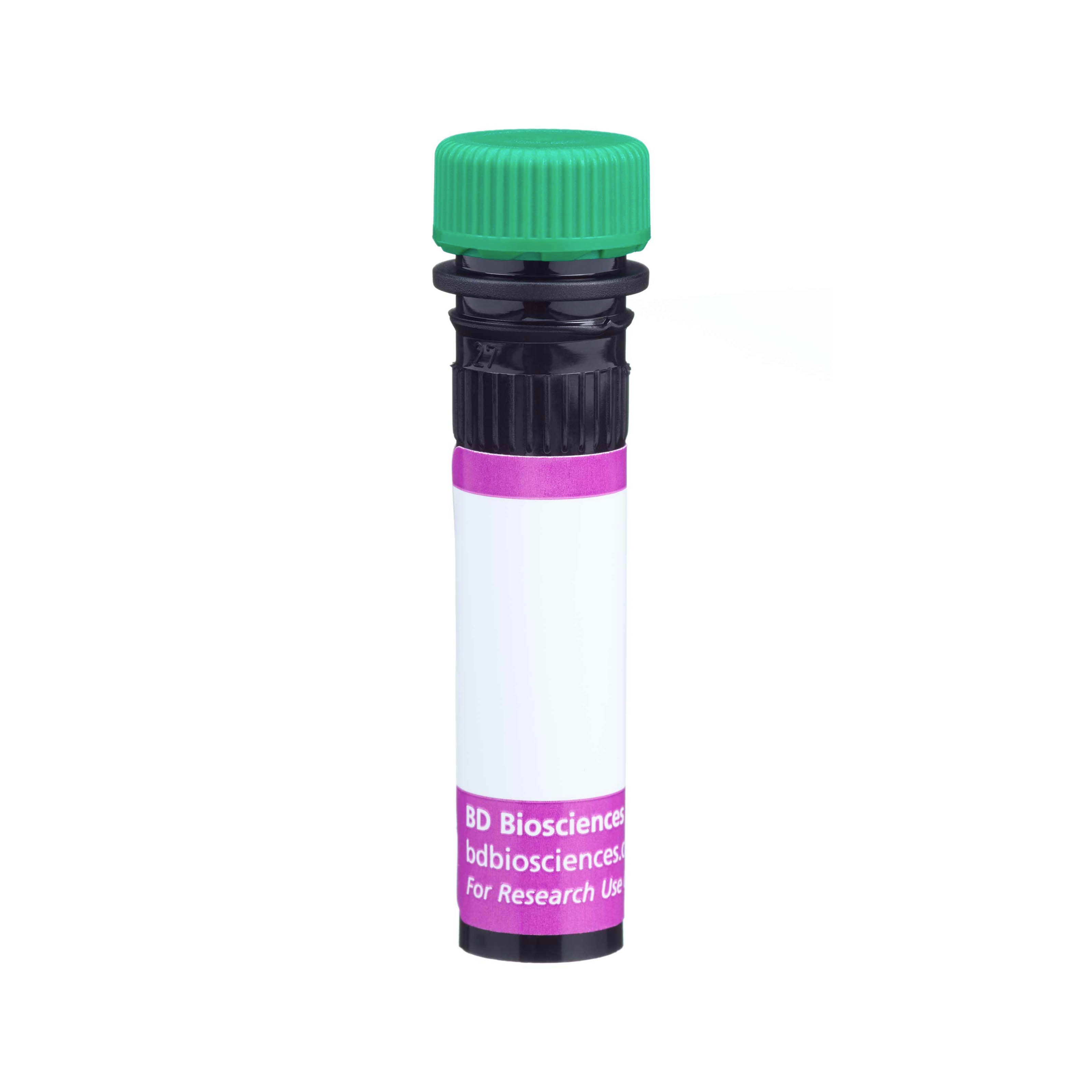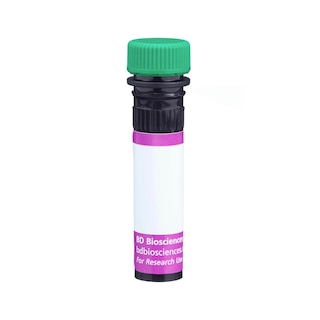-
Training
- Flow Cytometry Basic Training
-
Product-Based Training
- BD FACSDiscover™ S8 Cell Sorter Product Training
- Accuri C6 Plus Product-Based Training
- FACSAria Product Based Training
- FACSCanto Product-Based Training
- FACSLyric Product-Based Training
- FACSMelody Product-Based Training
- FACSymphony Product-Based Training
- HTS Product-Based Training
- LSRFortessa Product-Based Training
- Advanced Training
-
- BD FACSDiscover™ S8 Cell Sorter Product Training
- Accuri C6 Plus Product-Based Training
- FACSAria Product Based Training
- FACSCanto Product-Based Training
- FACSLyric Product-Based Training
- FACSMelody Product-Based Training
- FACSymphony Product-Based Training
- HTS Product-Based Training
- LSRFortessa Product-Based Training
- United States (English)
-
Change country/language
Old Browser
This page has been recently translated and is available in French now.
Looks like you're visiting us from {countryName}.
Would you like to stay on the current country site or be switched to your country?




Flow cytometric analysis of Mouse anti-Oct3/4 expression in human embryonic stem (ES) cells. H9 human ES cells (WiCell, Madison, WI) were cultured and then harvested using Accutase™ Cell Detachment Solution (Cat. No. 561527). The cells were then fixed with BD Cytofix™ buffer (Cat. No. 554655) and permeabilized with BD Phosflow™ Perm Buffer III (Cat. No. 558050). The cells were stained with either BD Horizon™ BV510 Mouse anti-Oct3/4 (Cat. No. 563524, solid line) or BD Horizon™ BV510 Mouse IgG1, κ Isotype Control (Cat. No. 562946, dashed line) at matched concentrations. Histograms were derived from gated events based on light scattering characteristics of H9 human ES cells. Flow cytometry was performed on a BD LSRFortessa™ Flow Cytometry System.


BD Horizon™ BV510 Mouse Anti-Oct3/4

Regulatory Status Legend
Any use of products other than the permitted use without the express written authorization of Becton, Dickinson and Company is strictly prohibited.
Preparation And Storage
Product Notices
- Source of all serum proteins is from USDA inspected abattoirs located in the United States.
- This reagent has been pre-diluted for use at the recommended Volume per Test. We typically use 1 × 10^6 cells in a 100-µl experimental sample (a test).
- Please refer to www.bdbiosciences.com/us/s/resources for technical protocols.
- Caution: Sodium azide yields highly toxic hydrazoic acid under acidic conditions. Dilute azide compounds in running water before discarding to avoid accumulation of potentially explosive deposits in plumbing.
- For fluorochrome spectra and suitable instrument settings, please refer to our Multicolor Flow Cytometry web page at www.bdbiosciences.com/colors.
- Brilliant Violet™ 510 is a trademark of Sirigen.
- An isotype control should be used at the same concentration as the antibody of interest.
- Species cross-reactivity detected in product development may not have been confirmed on every format and/or application.
- Accutase is a registered trademark of Innovative Cell Technologies, Inc.
Companion Products



Development of a multicellular organism from a single fertilized cell is regulated by the coordinated activity of DNA transcription factors. Oct3/4, a member of the POU family of transcription factors, functions in pluripotent cells of early embryonic stem cell (ES) lines and embryonal carcinomas (EC). Other members of the POU family include Oct1, Oct2, Pit-1, and unc-86. The POU domain, a 150-amino acid region that determines binding specificity, is conserved among these proteins and consists of 3 subdomains: POU-specific A and B subdomains and a homeobox-like subdomain. Oct3/4 is expressed in undifferentiated cells, but is lost as cells are induced to differentiate. Oct3/4 is not expressed in adult tissues. The interaction of Oct3/4 with SOX2, another embryonic transcription factor, produces an active complex that regulates expression of genes such as Nanog, UTF1, and FGF4. Although Oct3/4 is specifically phosphorylated on serine residues, this modification is not required for DNA binding, but may affect its transactivation potential. Thus, Oct3/4 is a transcription factor that plays an important role in determining early steps of embryogenesis and differentiation.
The antibody was conjugated to BD Horizon™ BV510 which is part of the BD Horizon™ Brilliant Violet™ family of dyes. With an Ex Max of 405-nm and Em Max at 510-nm, BD Horizon™ BV510 can be excited by the violet laser and detected in the BD Horizon™ V500 (525/50-nm) filter set. BD Horizon™ BV510 conjugates are useful for the detection of dim markers off the violet laser.

Development References (5)
-
Nishimoto M, Fukushima A, Okuda A, Muramatsu M. The gene for the embryonic stem cell coactivator UTF1 carries a regulatory element which selectively interacts with a complex composed of Oct-3/4 and Sox-2. Mol Cell Biol. 1999; 19(8):5453-5465. (Biology). View Reference
-
Okamoto K, Okazawa H, Okuda A, Sakai M, Muramatsu M, Hamada H. A novel octamer binding transcription factor is differentially expressed in mouse embryonic cells. Cell. 1990; 60(3):461-472. (Biology). View Reference
-
Pan G, Thomson JA. Nanog and transcriptional networks in embryonic stem cell pluripotency. Cell Res. 2007; 17:42-49. (Biology). View Reference
-
Rosfjord E, Scholtz B, Lewis R, Rizzino A. Phosphorylation and DNA binding of the octamer binding transcription factor Oct-3. Biochem Biophys Res Commun. 1995; 212(3):847-853. (Biology). View Reference
-
Vigano MA, Staudt LM. Transcriptional activation by Oct-3: evidence for a specific role of the POU-specific domain in mediating functional interaction with Oct-1. Nucleic Acids Res. 1996; 24(11):2112-2118. (Biology). View Reference
Please refer to Support Documents for Quality Certificates
Global - Refer to manufacturer's instructions for use and related User Manuals and Technical data sheets before using this products as described
Comparisons, where applicable, are made against older BD Technology, manual methods or are general performance claims. Comparisons are not made against non-BD technologies, unless otherwise noted.
For Research Use Only. Not for use in diagnostic or therapeutic procedures.
Report a Site Issue
This form is intended to help us improve our website experience. For other support, please visit our Contact Us page.